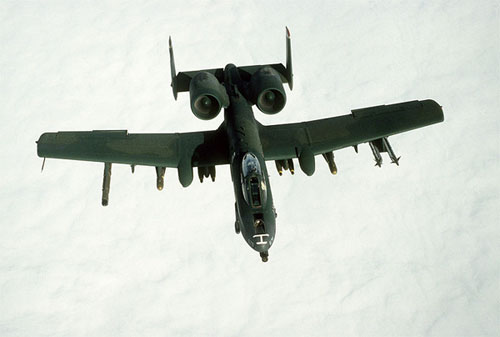The Persian Gulf has played a vital historical role on the world stage for a very long time. From the beginning, this role was due to its geographic significance as a cultural and political center, as well as its access to important world trade routes.
![]() Click on each of the important time periods below to see how control of the area has changed over time.
Click on each of the important time periods below to see how control of the area has changed over time.

Source: A-10A Gulf War, Wikimedia
The Persian Gulf has a long history of conflict because of its prominence as a center for trade and conduit to key resources. In the past two decades, the United States has fought two wars in the Persian Gulf. While the second war was part of the global “war on terror,” the first war occurred in 1990 because Saddam Hussein sought to increase Iraq’s control over the region and its oil supply. Iraq invaded its tiny neighbor to the south, Kuwait, and threatened to attack Saudi Arabia, the most oil-rich nation in the world.
President George H.W. Bush organized a massive international coalition force of over 500,000 soldiers to liberate Kuwait. The conflict represented the first major international deployment of US troops since the Vietnam War. Watch this video clip to learn more.
![]() The Iraqi Invasion of Kuwait (1990)
The Iraqi Invasion of Kuwait (1990)
Sources for images used in this section, as they appear, from top to bottom: